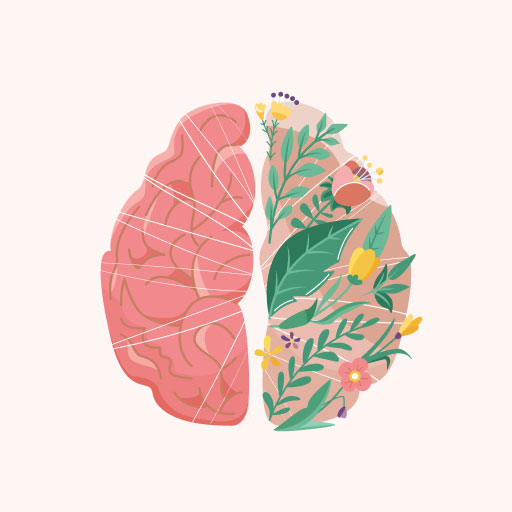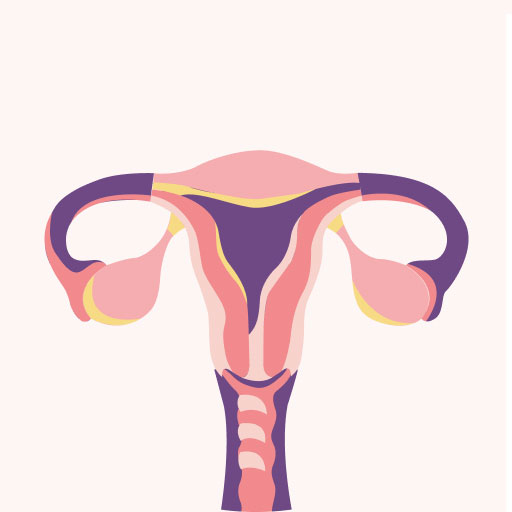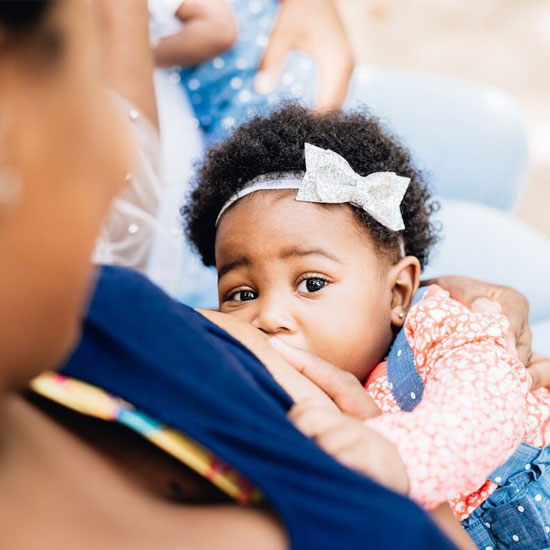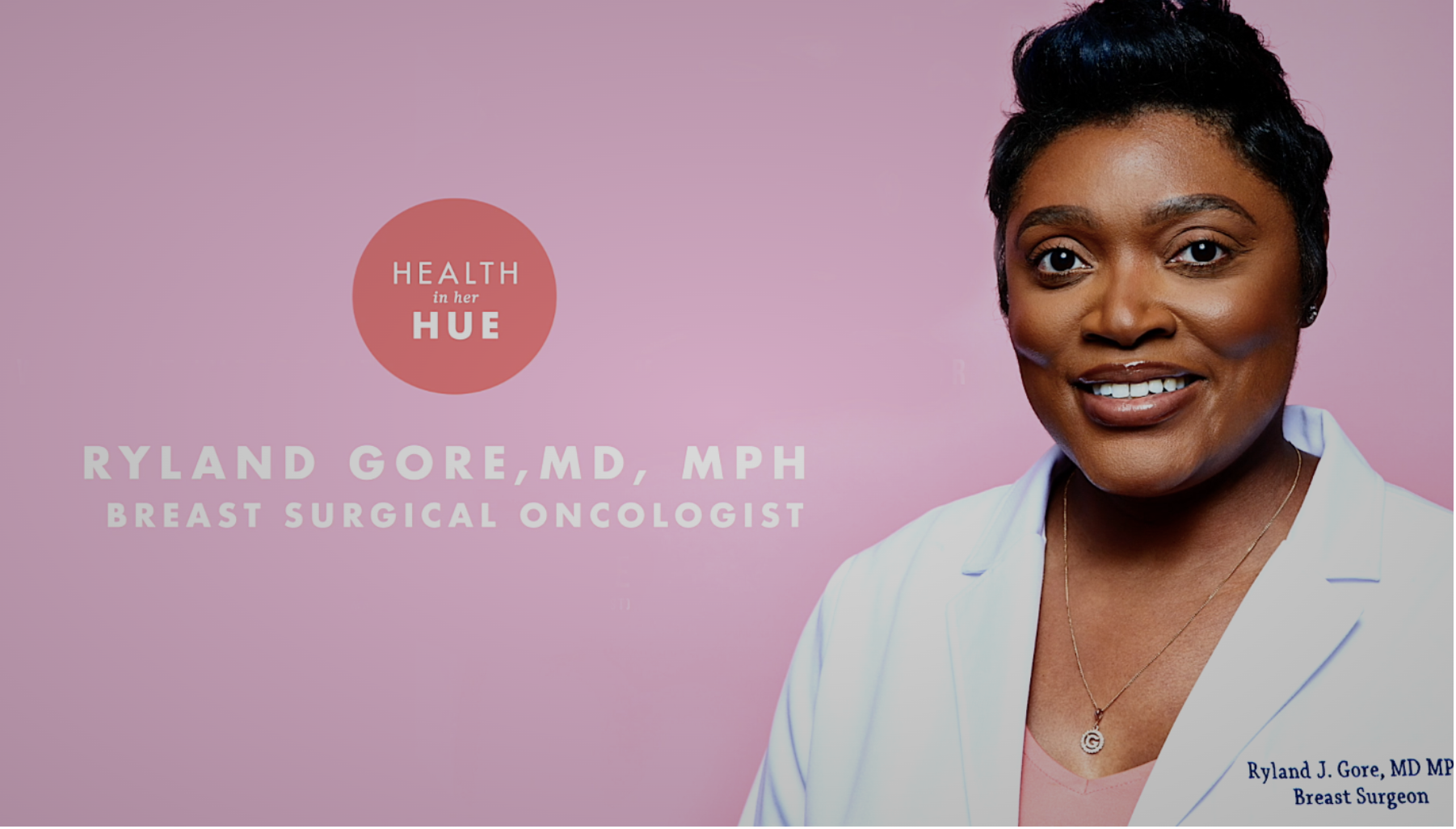
The Art of Healing: A Story of Triumph and Empowerment
The Artistry of Healing
Step inside Toriabel Aesthetics, and you might glimpse Nancy skillfully wielding her tattoo pen. As a registered nurse and cosmetic tattoo artist, she is a true master of her craft and a force to be reckoned with. Her studio is a place where cancer survivors are empowered. But Nancy’s path was far from easy.
In 2021, her world was turned upside down by a devastating diagnosis: Stage 3C triple-negative breast cancer (TNBC). “When the doctor uttered the words ‘It’s cancer,’ it felt like I stopped breathing,” Nancy recalls.
TNBC accounts for about 10 to 15% of all breast cancers. Even more concerning is that Black women are nearly three times more likely to be diagnosed with TNBC than White women. But what sets TNBC apart from other types of cancer, and why this disparity? We’ll explore TNBC and its disproportionate impact on Black women while illuminating Nancy’s inspiring journey.
What is Triple-Negative Breast Cancer (TNBC)?
TNBC is a type of breast cancer that tends to grow quickly and is more likely to spread to other parts of the body (metastasize). This type of cancer is often found in Black women, those younger than 40, or who have a BRCA1 gene mutation. Unfortunately, it’s also known for having the lowest survival rate among all types of breast cancer.
TNBC stands out from other types of breast cancer because it behaves differently. “When a woman is diagnosed with breast cancer, we do special tests. We look for estrogen receptors [ER], progesterone receptors [PR], and a protein called HER2”, explains Dr. Danielle Henry, FACS, a board-certified general surgeon and fellowship-trained breast surgical oncologist with the Breast Care Center at Orlando Health Cancer Institute.
For women with TNBC, the cancer cells are missing those three crucial receptors. Hence, the term “triple negative.” Therefore, healthcare providers don’t know what’s making the tumor grow without these receptors.
Dr. Henry says treating TNBC can be challenging due to lacking targeted treatments, but immunotherapy has shown promising results. In 2021, the FDA approved a combination of chemotherapy and immunotherapy to treat high-risk, early-stage TNBC. Additionally, Poly ADP-ribose polymerase (PARP) inhibitors are emerging drugs used in TNBC treatment.
The Triple Threat: How TNBC Takes a Disproportionate Toll on Black Women
As Black women, we are more likely to develop TNBC compared to white women. Though TNBC represents a small percentage of all breast cancer diagnoses, it accounts for more than 20% of breast cancer diagnosed in Black women. Black women with TNBC tend to have a much higher risk of dying from the disease. The American Cancer Society found that Black women are 30% more likely to die from TNBC because of lower rates of surgery and chemotherapy. So, why this disparity? Dr. Monique Gary highlights the “perfect storm of correctable behaviors, practices, and education” as contributing factors.
1. Inadequate knowledge
Some of us don’t know our family’s health history, including whether anyone has had breast cancer, which plays a significant role.
“We know that there are some attitudes in our community about our health that contribute to an increase in health disparities and misconceptions about who’s at risk,” Dr. Gary notes. For example, in the Black community, certain beliefs about health may prevent women from getting medical attention.
2. Lack of trust in the healthcare system
We may not trust healthcare providers because of past racism and unfair treatment. This can lead to a fear of being mistreated by medical professionals. Because of this mistrust, we may delay getting the care we need to stay healthy or wait to get help when we’re sick–leading to worse outcomes.
“There’s earned medical mistrust that creates barriers not only to access but to [the] utilization of care and preventive services,” explains Dr. Gary. For example, Black women are less likely to undergo genetic testing. And researchers found that medical mistrust affected how involved Black women were in getting tested for hereditary cancer. Yet, the genetic makeup of a tumor can make a big difference in how cancer is treated. Therefore, we need to know our family history and get genetic testing.
3. Lower quality of care
As Black women, we tend to have denser breast tissue, making it harder to detect breast cancer on traditional 2D mammograms. 3D mammograms–digital breast tomosynthesis (DBT)–can be more effective at detecting breast cancer in dense breast tissue. But, new research shows racial differences in the types of mammography women receive. Black women are less likely to receive DBT–which is the better mammogram for breast cancer screening.
Dr. Gary points out, “Black women are less likely to be offered enrollment in a clinical trial, although clinical trials are saving lives for all women with TNBC, especially people who are disproportionately affected.” A combination of not getting the highest quality mammogram, not being offered participation in a clinical trial, potentially not receiving the most aggressive chemotherapy, and not getting genetic testing can limit treatment options for Black women.
From Survivor to Savior: Empowering Women to Reclaim Their Bodies after Breast Cancer
Nancy faced a life-altering experience when she was diagnosed with TNBC. But instead of letting it defeat her, she used it as a driving force to help others facing the same challenges she did. Before her diagnosis, Nancy had launched the Beauty on Purpose project. The program provides free, permanent makeup eyebrow services to cancer survivors who have lost eyebrow hair due to chemotherapy.
After undergoing chemotherapy, immunotherapy, mastectomy, and breast reconstruction surgery, Nancy returned to her studio, Toriabel Aesthetics, with a new mission: to help breast cancer survivors feel confident and whole again through 3D Areola/Nipple Restoration (paramedical tattooing). 3D Areola/Nipple tattooing is a technique that imitates the natural texture and color of the areola and nipple using shading and highlights. It creates the illusion of a natural nipple and areola without needing nipple reconstruction. Unfortunately, with nipple reconstruction, you’d have to undergo another surgery after your initial breast reconstruction surgery, which means additional scars and healing time.
Taking this small but impactful step in the healing process can make a world of difference for survivors. Nancy adds, “For breast cancer survivors, 3D Areola/Nipple tattooing can be life-changing. It’s more than just a cosmetic procedure, as it can significantly impact a survivor’s self-confidence and body image. It’s often the last step in a long rehabilitative journey.”
Taking Charge: Tips for Black Women Navigating TNBC
Being diagnosed with TNBC is scary and overwhelming, especially for us–Black women–who face a higher risk of dying from this aggressive form of cancer. But there is help to navigate a TNBC diagnosis.
1. Keep an open mind
It’s tough to even think about undergoing treatments like chemotherapy, radiation, or surgery. But it’s so important to keep an open mind and consider all available options. Completing the recommended treatment plan is key “because we know it maximizes our efforts to prolong life and helps reduce the chances of cancer coming back,” stresses Dr. Gary.
2. Speak up
Be your own advocate. If you notice anything concerning in your breast, bring it to the attention of your healthcare provider. Dr. Gary recommends asking the right questions, such as “Will there be any follow-up imaging?” or “What should I watch for at home and in the future?” and following up with your provider to ensure you get the proper care. Unfortunately, being dismissed by healthcare providers is a common reason young women end up with metastatic breast cancer, so don’t be afraid to speak up and ask for what you need.
3. Tell your story
Your story has power; it matters and can make a difference in someone else’s life. Use your voice to empower other Black women who may be going through a TNBC diagnosis. Sharing your journey with your community, family, and other survivors can give hope and support during a challenging time.
4. Know there’s hope
The statistics on TNBC can be daunting, and the path ahead may be challenging. But there’s hope with more research and resources than ever before. “We have some newer treatments that have come on the market… and we’ve seen really good results,” encourages Dr. Henry.
More Content
Breast Health
Black Breastfeeding Week: Breaking Barriers and Bridging the Racial Gap
National Breastfeeding Month is commemorated annually in...












